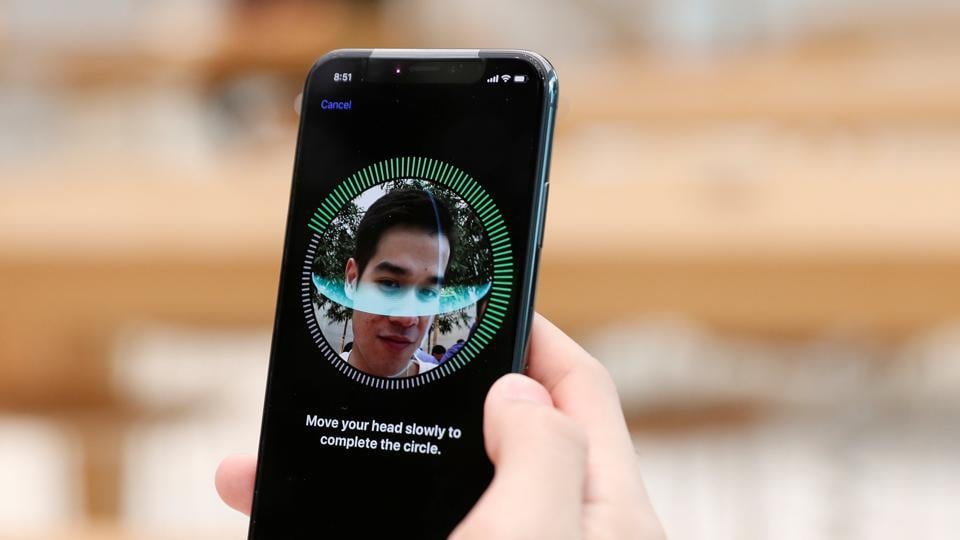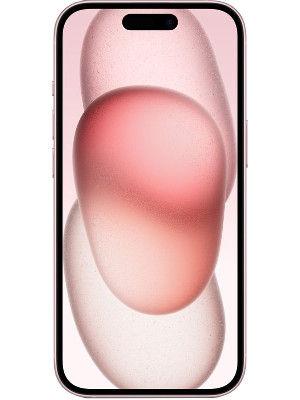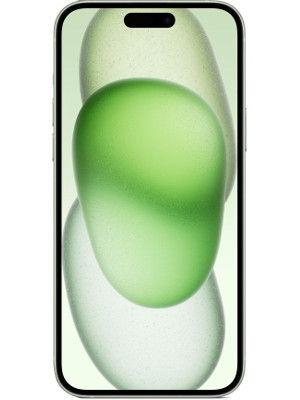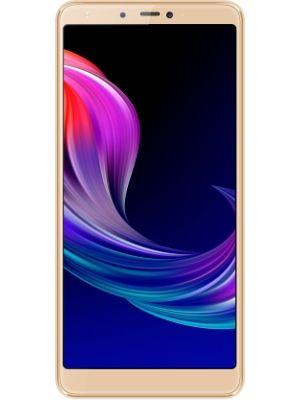Fingerprint vs Face Unlock: Looking back at Apple’s trend-setting FaceID
Apple’s new iPhones may come with iPhone X’s FaceID for easier biometric authentication. But does this mean an end to Apple’s revolutionary TouchID feature?

It's hard to imagine any new smartphone after a certain price point launching without fingerprint sensor. Secure and convenient, fingerprint sensors have become critical elements of modern phones in five years after Apple introduced TouchID in iPhone 5S in 2013. Five years later, Apple looked to set new trend by eradicating fingerprint sensor in favour of FaceID.
Now, Apple is gearing up for its new iPhone launch on September 12. The new iPhone models, dubbed to be iPhone XS and iPhone XS Max, will sport FaceID. But does this mean Apple will remove TouchID on all new iPhones? If true, it may be bad news for those who skipped iPhone X for not having the fingerprint reader.
Removing fingerprint sensor on iPhone X was a big gamble for Apple, but also a necessity. Apple's iPhone X is said to have an 81.49% screen-to-body ratio crammed in a 5.8-inch display. Apple was able to deliver slightly larger screen than iPhone 8 Plus without actually increasing the dimensions. It also implemented a notch to include front-facing camera and a bunch of sensors to make most of the FaceID. Evidently, notch has become more or less mainstream in the consumer mobility space.
Apple iPhone X FaceID: Facial Unlock and applications beyond
Not that software-based facial unlock system or basic 2D mapping did not exist before Apple iPhone X. The company's 10th anniversary special iPhone, however, set new benchmark by featuring 3D mapping of faces. The notch features a bunch of sensors, collectively called TrueDepth camera, to make FaceID work. These sensors include infrared camera, dot projector, front camera and flood illuminator. Using infrared waves, iPhone X is able to unlock even in low-light and dark-light conditions.
Apple's FaceID could be used for a variety of purposes apart from mere unlocking the phone. For instance, you can authenticate downloads on iTunes and App Store. It also autofills usernames and passwords on Safari browser. Apple Pay also supports FaceID to authenticate payments. How Face ID works, how to set it up and more
Commoditization by Android players
Shortly after Apple introduced Face Unlock feature on its iPhone X, Android players rushed to include the feature in their current and newer phones. The catch, however, is that most of the Face Unlock feature provided by Android phone makers are not advanced as iPhone X's, and do not promise same level of security. iPhone X encrypts the data collected by facial identification method and is locally stored.
Today, phones under ₹5,500 like Panasonic P95 and Comio C1 Pro come with face unlock feature. Security concerns haven't stopped Android players using from rolling out facial unlock features.The obvious reason behind this is that it's highly convenient - just look at the display and phone unlocks. That said, Android players have an advantage over iPhone X is that they always have fingerprint sensor to fall back if the face unlock doesn't work properly. And unfortunately, Apple iPhone X FaceID hasn't been without glitches and loopholes. Android players are massifying iPhone X's Face ID without sacrificing fingerprint scanner
The trend is here to stay
Research firm Counterpoint's Component Tracker estimates that over a billion smartphones will ship with facial recognition in 2020. The trend will be led by Apple and Samsung along with other important companies like Oppo, Vivo and Huawei. Good news is that in coming months these facial recognition technologies will be more advanced and majority of them will have 3D technology.
"The diffusion of facial recognition technology into lower tier price bands will be faster than any other flagship feature due to 2D facial recognition being native on the Android platform. However, according to our estimates, close to 60% of all smartphones with facial recognition, will use 3D technology in 2020. Data collected from multiple 3D sensors will assist emerging technologies like Augmented Reality, Virtual Reality and Artificial Intelligence to widen their use cases," senior analyst Pavel Naiya said in the Counterpoint report.


Fingerprint sensor to go away? Not really.
It's highly unlikely that fingerprint sensors will go away soon enough. In fact, they have too moved from being exclusive to premium phones to a common feature on budget phones. According to a Counterpoint Research report, over a billion phones will be shipped in 2018 with fingerprint sensors.
Another report on marketwatch hints at a prolific growth of these fingerprint sensors. Factors that will be driving the market growth include mobile phones and smart solutions for biometric authentication.
Moreover, fingerprint sensors are fast evolving as well. Companies like Vivo and Xiaomi have adopted unique in-display fingerprint sensor on their select handsets. This allows these companies to make fuller screen phones without sacrificing popular features like fingerprint reader or facial recognition. Just this year, Vivo launched Nex and V11 Pro phones with the in-display sensor.
For Apple, in-display fingerprint sensor could be a great alternative to FaceID. But it's highly unlikely the 2018 iPhone models will have the technology.
Famous Apple analyst Ming-Chi Kuo predicted that "Fingerprint On Display (FOD)" technology will grow 500 per cent in 2019 as Android phones continue to adopt the technology, and that Apple won't be embedding Touch ID in new iPhones next fall."
Catch all the Latest Tech News, Mobile News, Laptop News, Gaming news, Wearables News , How To News, also keep up with us on Whatsapp channel,Twitter, Facebook, Google News, and Instagram. For our latest videos, subscribe to our YouTube channel.
































